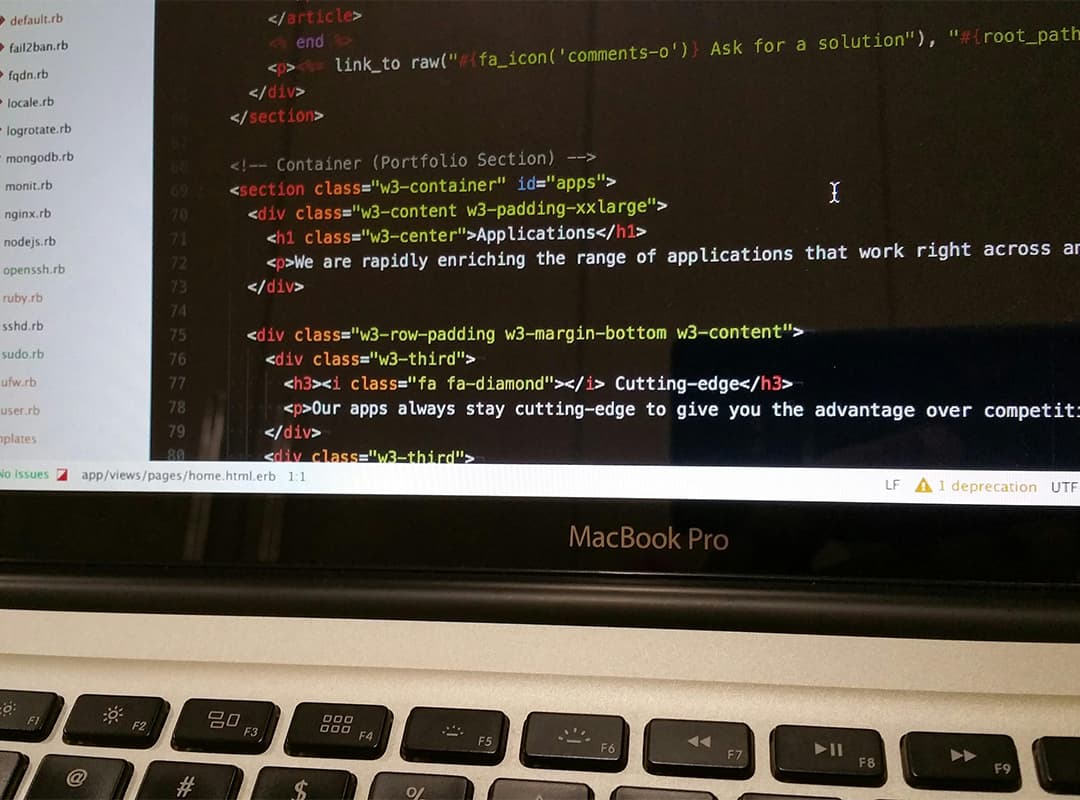Understanding and interpreting machine learning algorithms can be a challenging task, especially when dealing with nonlinear and non-monotonic response functions. These types of functions can exhibit changes in both positive and negative directions, and their rates of change may vary unpredictably with alterations in independent variables. In such cases, the traditional interpretability measures often boil down to relative variable importance measures, offering limited insights into the inner workings of the model.
However, introducing monotonicity constraints can transform these complex models into more interpretable ones. By imposing monotonicity constraints, we can potentially convert non-monotonic models into highly interpretable ones, which may even meet regulatory requirements.
Variable importance measures, while commonly used, often fall short in providing detailed insights into the directionality of a variable’s impact on the response function. Instead, they merely indicate the magnitude of a variable’s relationship relative to others in the model.
One quote particularly resonates with many data scientists and machine learning practitioners: the realization that understanding a model’s implementation details and validation scores might not suffice to inspire trust in its results among end-users. While technical descriptions and standard assessments like cross-validation and error measures may suffice for some, many practitioners require additional techniques to foster trust and comprehension in machine learning models and their outcomes.
In essence, interpreting machine learning algorithms requires going beyond conventional practices. It involves exploring novel techniques and approaches to enhance understanding and build confidence in the models’ predictions and insights.
